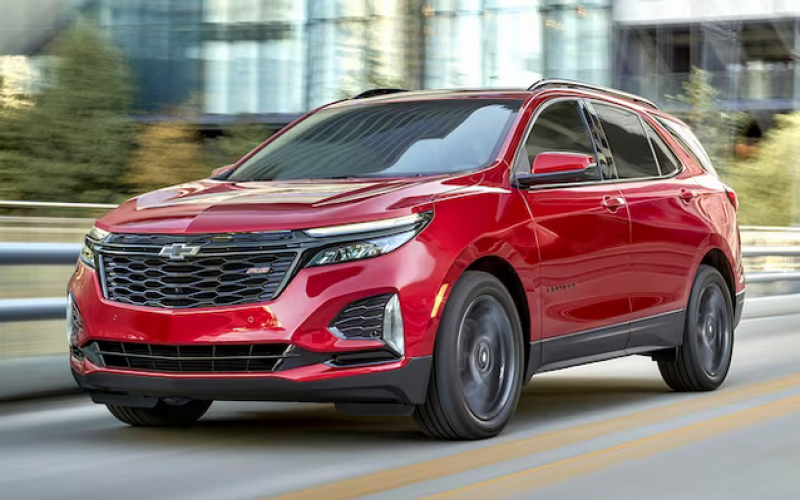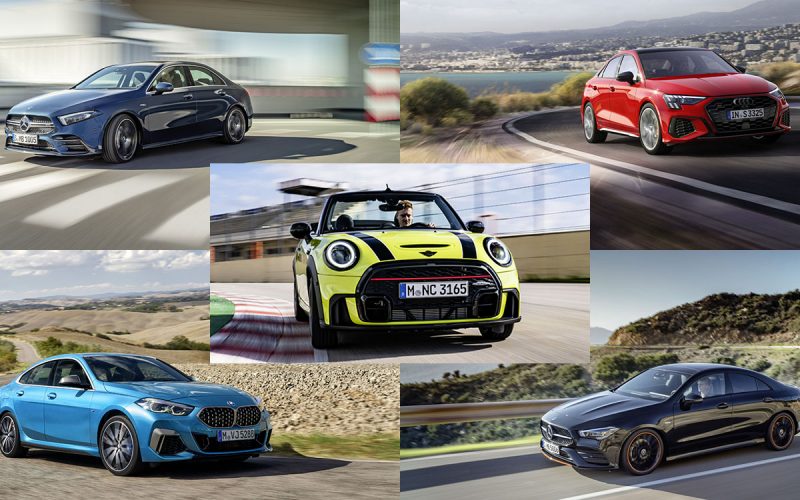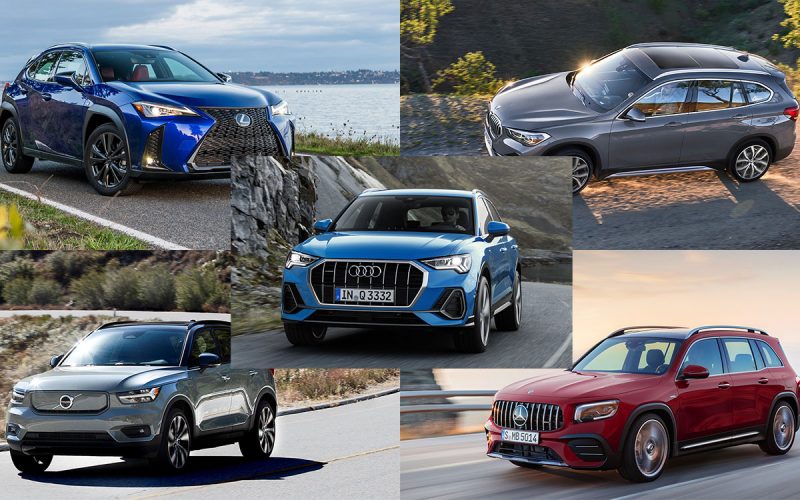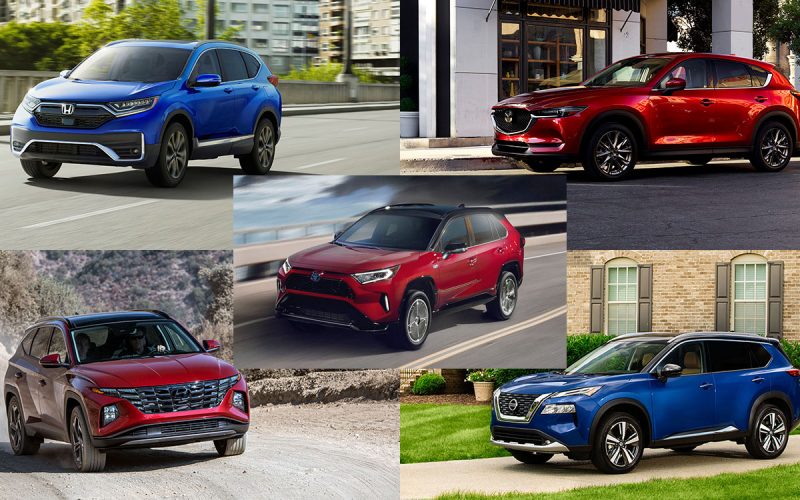
Reading Time: 3 minutesWhen considering a compact SUV, it’s essential to compare offerings from both domestic and international car

Reading Time: 22 minutesSmall luxury sedans and hatchbacks aren’t selling as well as they once did, but some brands

Reading Time: 17 minutesSubcompact crossover SUVs are the new gateway to the luxury market sector, so therefore if a

Reading Time: 12 minutesThere’s no hotter segment in today’s car market than the compact crossover SUV. Having started in
© 2025 The Car Magazine. All Rights Reserved, Privacy Policy | Terms of Use